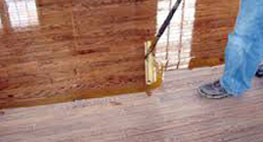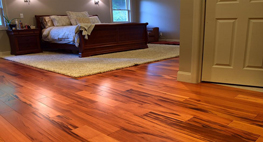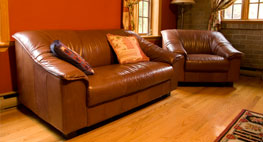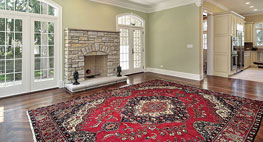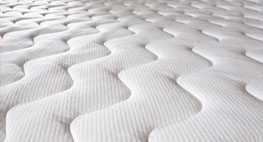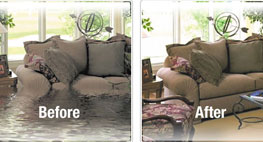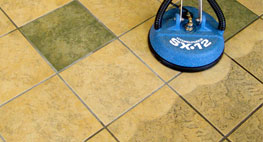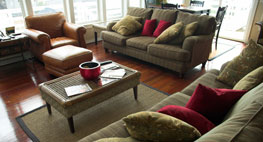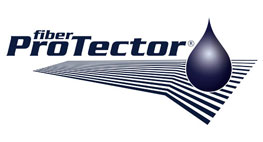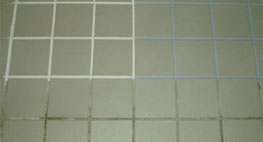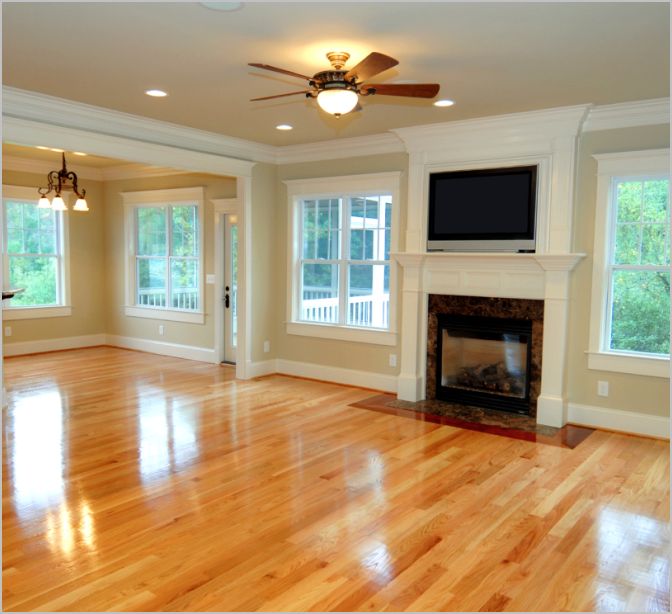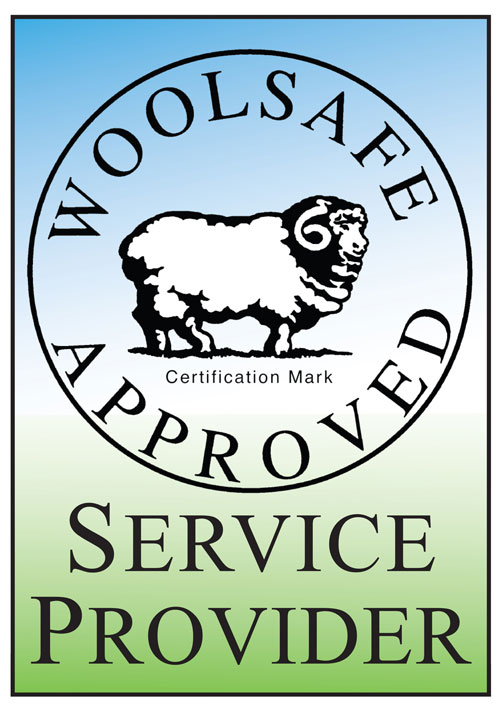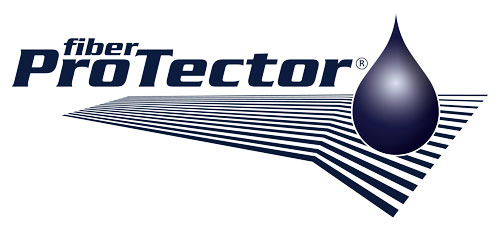Mold becomes a problem inside a home when there’s excessive humidity or moisture. The problem can originate from sudden water releases, like a burst pipe or large spill, or a chronic condition such as a leaking roof or plumbing. Even high humidity or warm, moist air condensing on cool surfaces can trigger mold problems. It’s always best to have the mold assessed and removed by a certified professional.
Mold can grow almost anywhere in a home if conditions permit. If there is visible growth on painted wall surfaces, a homeowner should be concerned about what may be growing on the opposite side. The environment inside the walls of a house often differs drastically from the outside and could create a perfect haven for mold. If the wall was wet for a prolonged period, it’s almost guaranteed that the mold growth on the back side will be worse than on the front. At that point, containing the work space and removing moldy materials, followed by cleaning of salvageable framing, are the best options.
The non-profit Institute of Inspection, Cleaning and Restoration Certification (IICRC) recommends that homeowners contact a certified professional to ensure that mold is removed correctly and occupants are protected throughout the job. Typically, to contain and prevent further contamination, certified professionals can:
1. Verify that the moisture source has been eliminated or repaired
2. Contain the area to prevent cross contamination
3. Create negative pressure using specialized air filtration devices to prevent mold spores from spreading to unaffected areas
4. Recommend an indoor environmental professional to sample and evaluate the mold problem
5. Vacuum affected areas using equipment with high efficiency filters
6. Isolate, remove and properly dispose of heavily contaminated materials
7. HEPA vacuum exposed pockets of growth
8. Dry materials, using procedures outlined in IICRC S520 Standard for Mold Remediation




